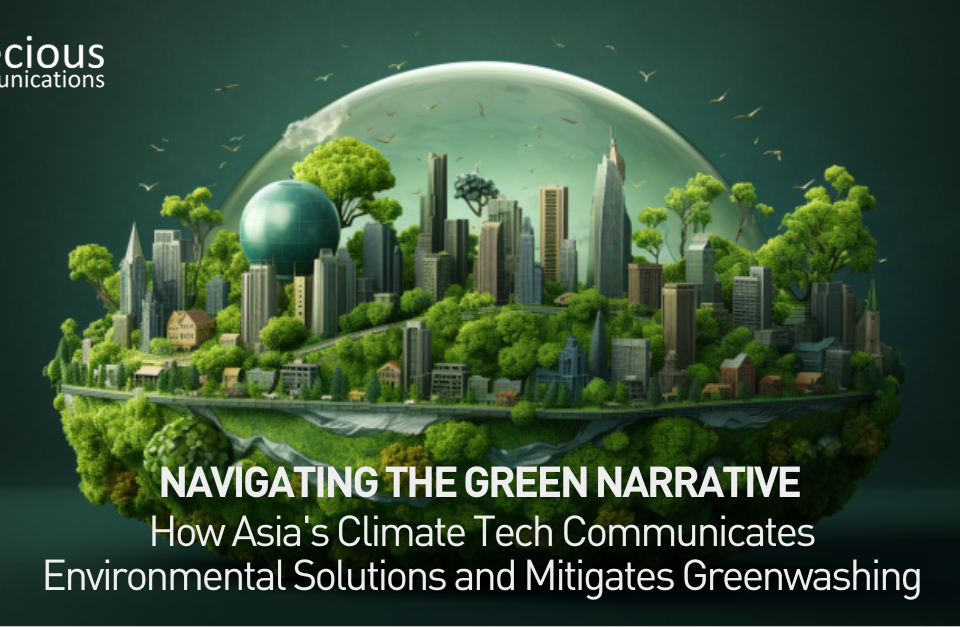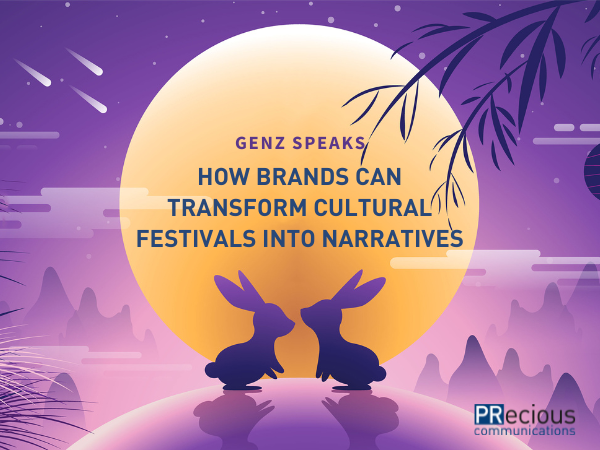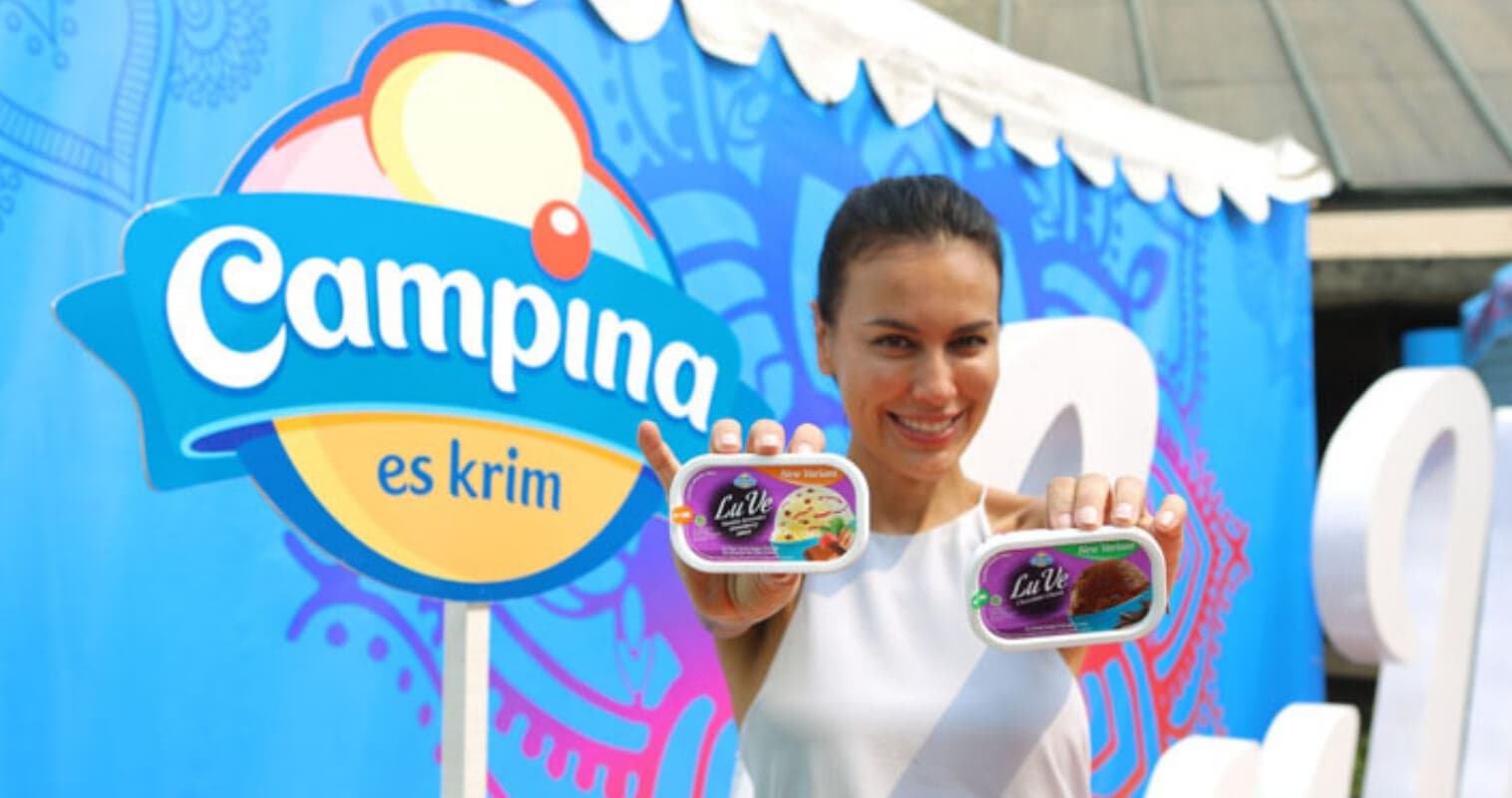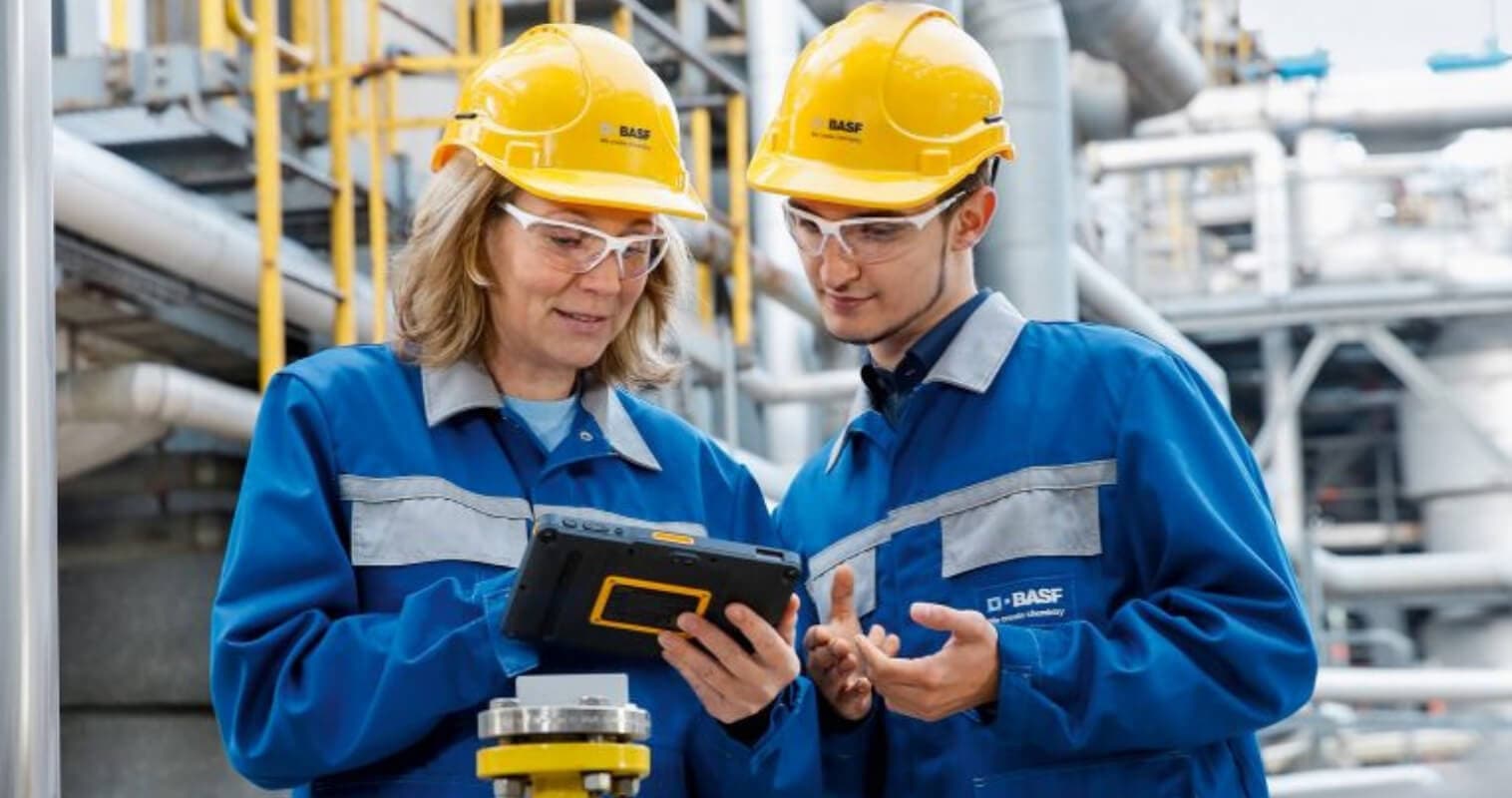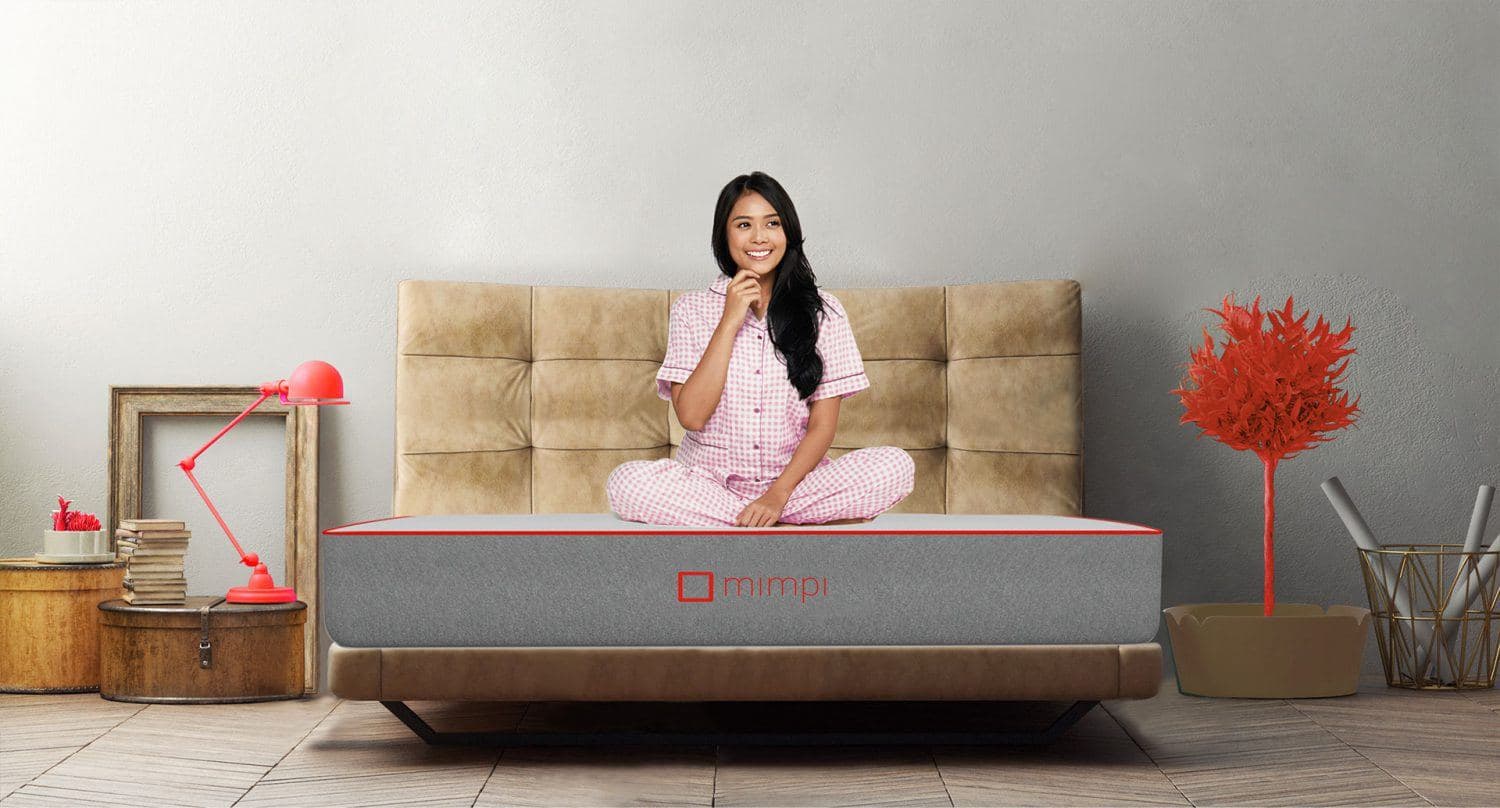Beyond the Cover

Intern Diaries: Reflections on Intercultural Communication and Diversity
June 4, 2021
Views From the Top: Key Elements to Drive Sustainable Campaigns in the New Normal
June 7, 2021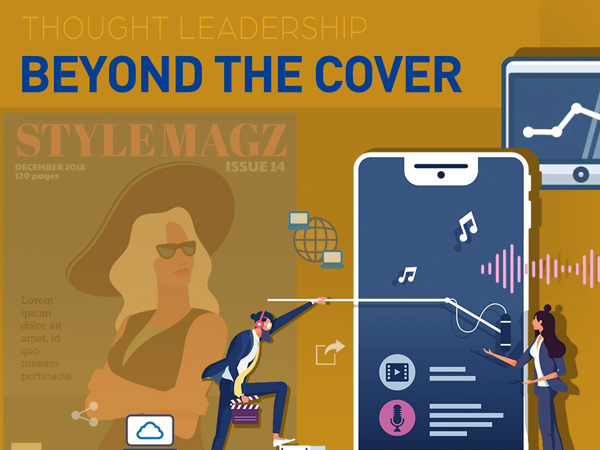
Landing on the cover page of a leading magazine is a privilege a few will ever get to experience. It is a premium spot – one that catapults people (and brands) into a whole new level of prominence and stardom.
In the US, appearing on the cover of Time has become a status emblem – a definite sign that not only have you made it, but you’ve made it big. Steve Jobs graced its cover eight times – the first time as the young visionary behind Apple Computer in 1982 (the year that computer was recognised as the “Machine of the Year”), and finally, making his posthumous appearance six days after his death – in a 1984 black-and-white photo of him with a Mac on his lap.
While not all thought leaders have the good fortune of Steve Jobs, marketers can revel in the fact that there are a plethora of equally good options that can give brands good mileage beyond the much-coveted cover page. In the new normal defined by heightened online content consumption, a little creativity and strategic planning can work wonders – and enable brands to reach their desired result.
Here are a few of these alternative options.
Podcasts and webinars
Online events have undeniably become a marketing staple for generating leads as marketers navigate a new normal defined by travel restrictions, work-from-home schemes, and social distancing requirements. Asia Pacific, as is the case globally, has seen a boom in the video conferencing industry amidst the pandemic. In Singapore alone, Zoom reported a 65-fold increase in the number of free users, and a threefold increase in its paying customer base since January 2020.
In an earlier blog post (also read: PR Folks—There’s Nowhere to Go but Online), we shared a bit about how webinars and podcasts can provide an avenue for thought leaders to share their insights and expertise, which in turn, can elevate their profile in the industry. Content marketers have increasingly been leveraging webinars and podcasts to share more information about their company’s products and services – with the view of generating new leads for the business. However, webinar fatigue is very real, and this is why marketers need to ensure that they’re strategising properly. Marketers should spend more time understanding how to promote webinars more effectively and coming up with a game plan to differentiate their webinars from the competition. Knowing one’s audience demographics allows marketers to better customise the webinar presentation according to the audience’s needs and pain points, so the presentation is more personal, relatable and relevant. Ahead of the webinar, marketers can start creating buzz through social media channels and industry discussion groups.
Having a sound content strategy can go a long way towards grabbing the attention of your audience. But capturing your audience’s interest is just one side of the coin: Sustaining your audience’s attention is equally as important. Marketers should consider leveraging tools like polls and visual aids in their webinars to drive better audience engagement alongside content development. Given consumers’ short attention spans, it is ideal to hold webinars within a reasonable time frame (45 minutes to an hour, on average).
Broadcast and radio interviews
While there have been less face-to-face interviews and media coffee chats in the new normal as countries across ASEAN face another wave of COVID-19, media in this region – including major regional radio and broadcast publications – are thankfully open and receptive to interviews via phone or video conferencing tools. But how do you catch these producers’ attention – given that their inboxes are normally inundated with pitches from comms representatives across different brands?
First, ensure that you are pitching to the right producer. Do your research: Identify the relevant show segments for your brand’s audiences. Brainstorm possible topics and story angles that are timely, newsworthy and relevant to the target audience of the show you’re eyeing on (of course, make sure that the spokesperson you have in mind is actually qualified to share insights around the topics you’re proposing). The more connected the story angle is to macro trends, the higher probability of getting your foot in the door. Ensure that you give the editors all the materials they need for a compelling pitch; video clips, infographics and other visual assets can serve as good add-ons.
Social media marketing
We’ve said time and again that the future of communications is becoming increasingly integrated – with online engagement becoming a key ingredient in customer experiences. With social media being an ubiquitous part of consumers’ everyday life (along with rising internet penetration and mobile adoption across the region), businesses need to enhance their visibility in the social media space – as this can lead to more opportunities.
If your goal is to attain real engagement and conversion, social selling can be a good medium to reach an audience in an impactful way. By connecting with prospects using the social media platforms they frequent, brands can slowly cultivate brand trust. This can go a long way in driving brand recall – if and when your prospects are looking at actually making an investment decision down the road.

